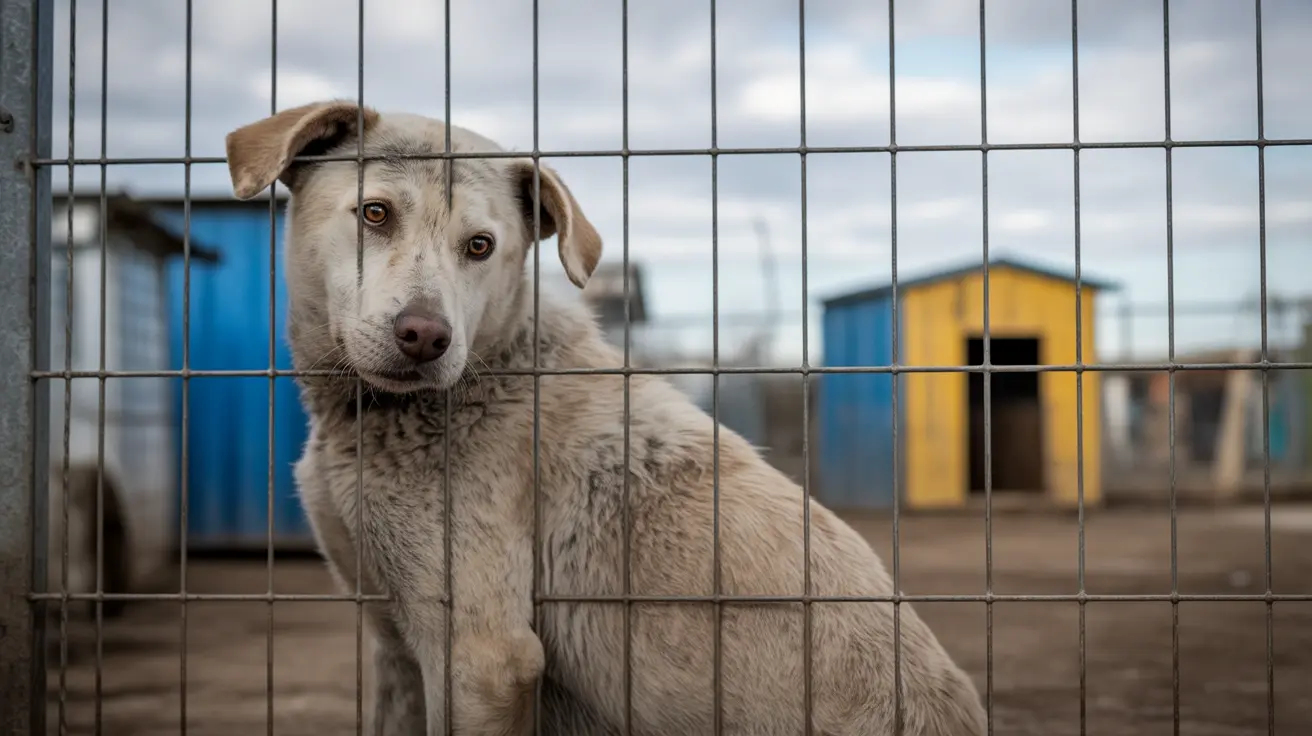Recognizing the Signs of Stress in Dogs
Dogs, like humans, can experience stress due to various environmental and emotional factors. Recognizing the signs of stress in dogs is essential for responsible pet ownership and helps ensure your furry friend’s well-being. Stress in dogs can manifest in both behavioral and physical forms, and early detection allows for timely intervention.
Why Dogs Experience Stress
Understanding the root causes of stress in dogs helps identify and address potential problems. Dogs may feel stressed due to:
- Separation from owners
- Loud noises, such as fireworks or thunderstorms
- Changes in routine or environment
- Illness or injury
- Social interactions with unfamiliar animals or people
Common Behavioral Indicators of Stress
The following behaviors may indicate that your dog is under stress:
- Excessive barking or whining — Dogs may vocalize more when anxious or stressed.
- Pacing — Repetitive walking, especially in circles or patterns, is a common stress sign.
- Destructive behavior — Chewing furniture or digging may be an outlet for stress.
- Aggression or withdrawal — Hyper-reactivity or complete social avoidance can both signal distress.
- Hypervigilance — Dogs may become overly alert, reacting to minor stimuli.
Physical Symptoms of Stress in Dogs
Stress can also cause physiological changes. Look for these signs:
- Panting and drooling — Beyond what’s expected from exercise or heat, these can point to anxiety.
- Trembling or shaking — Especially in calm settings, this can be an anxiety response.
- Diarrhea or vomiting — Sudden gastrointestinal issues may stem from acute stress.
- Loss of appetite — A stressed dog might refuse food or eat less than usual.
- Increased shedding — Stress can lead to temporary hair loss or increased shedding.
Less Obvious Stress Signals
Some signs of stress in dogs are subtle and easy to overlook:
- Licking lips or yawning frequently — These 'calming signals' often go unnoticed.
- Avoiding eye contact — Dogs may look away when uncomfortable or scared.
- Tail tucked between legs — A classic sign of fear or nervousness.
- Ears pinned back — Can indicate discomfort or fear in specific situations.
- Changes in sleep patterns — Restlessness or oversleeping may signal stress.
How to Help a Stressed Dog
Once stress is identified, it’s crucial to take steps to reduce it. Here’s how:
- Provide a safe space — A quiet, private area can offer comfort and reduce anxiety.
- Keep a consistent routine — Regular feeding, play, and walk times help dogs feel secure.
- Use positive reinforcement — Encourage calm behavior with treats and praise.
- Limit exposure to stressors — Gradually desensitize your dog to triggering stimuli.
- Consider enrichment and exercise — Physical and mental engagement reduces stress.
- Consult a veterinarian or trainer — Professional help can assess health and behavior concerns.
Long-Term Management
Dogs thrive in environments where they feel safe and understood. To minimize chronic stress:
- Observe behavior changes — Subtle shifts may signal developing issues.
- Promote socialization carefully — Gradual, positive experiences are key.
- Maintain health check-ups — Rule out medical causes that could mimic stress symptoms.
- Address your own stress — Dogs often sense and mirror owner emotions.
By recognizing and addressing the signs of stress in dogs, you actively contribute to their emotional and physical health. An attentive approach to behavior and habits helps build a stronger, more trusting bond between pet and owner.





